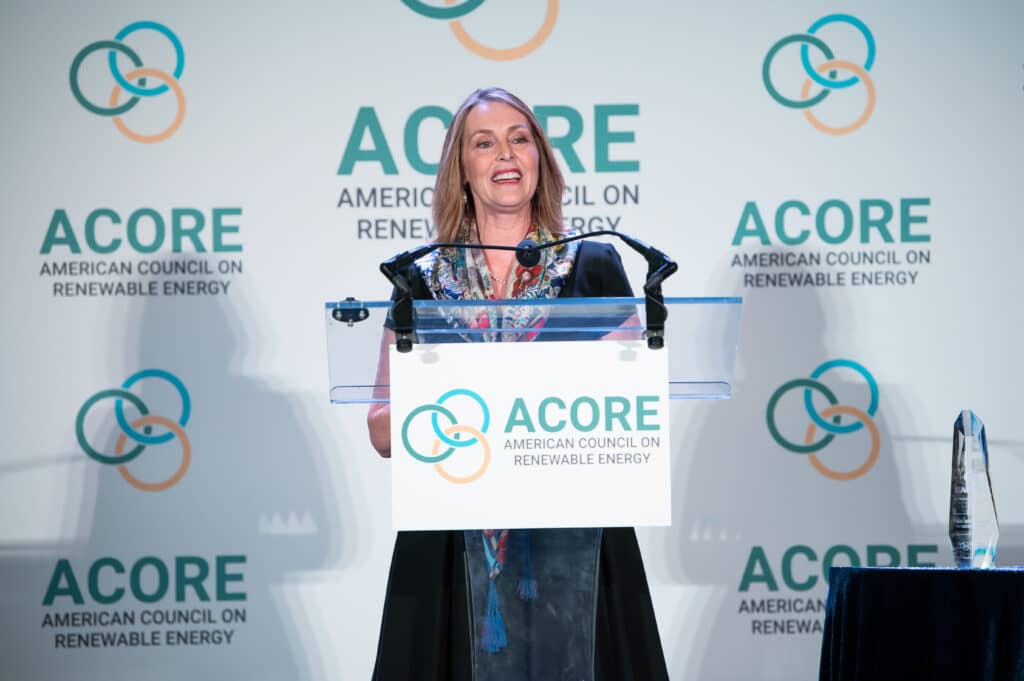The Community Benefit Agreement program, created to ensure projects in St. Petersburg have a positive impact, has been untwined and reworked multiple times, and will continue to visit the drawing board until the language satisfies stakeholders.
The CBA applies to projects with a minimum city participation value of at least $500,000. In exchange for the city’s contribution in a project, the developer must meet requirements that can mitigate certain impacts and create positive benefits for the surrounding neighborhood; however, the required equity measurements and alternative options are drawing concerns from councilmembers.
During the Oct. 19 St. Petersburg City Council meeting, the members cast a 5-to-3 vote, narrowly passing the newly crafted language in the CBA.
The hesitancy was primarily due to the revised language that gives vying developers more flexibility in opting out of creating affordable housing units and elevating participation from minority-owned businesses for a project.
“We knew it [the CBA] was a launch of something to go through continuous improvement, and I hope it always will,” Councilmember Gina Driscoll said. “It’s so thick, weighty and consequential, it does beg for examination on a regular basis.”
The changes in the ordinance that remove certain exemptions, incorporate alternative benefits, amend inapplicable projects and other standards in the following categories:
Affordable office component: The affordable office component use is defined as meeting 90% of the market rate rent in a specific area, whether it’s a proposed office project in downtown or the Deuces Live corridor.
Affordable housing: A residential project in a specific zoning district must allocate at least 30% of the units at the site to serve those earning 80% of the area median income (AMI). If the project is not located in a specified zoning district, units should serve residents earning 120% of the AMI. However, a developer can make a payment in lieu of building affordable housing units. City Director of Economic and Workforce Development Brian Caper said the development community explained it typically costs $100,000 or more to construct an affordable unit. The new language now states a developer must pay $150,000 per unconstructed affordable unit.
Streamline process: At least 10% of small, women- or minority-owned businesses must participate in the construction of the development. The intent is to reach a 30% participation rate.
Apprenticeship: Developers must utilize an apprenticeship program registered with the State of Florida Department of Education.
An eligible project would go before the CBAC, and the city would conduct a public meeting to gather input from the surrounding neighborhoods. The city and developer would negotiate terms, which the CBAC would review. It would go before the city council for final approval.
Although there were multiple meetings for the second reiteration of the ordinance, CBAC member Ruth Whitney, who said she was not speaking on behalf of the CBAC, claims that the council didn’t meet for months and was not fully aware of all the changes.
She also questioned the benefits of affordable commercial use and the determined affordable housing percentages.
Caper explained the CBAC last met in August. Since then, there have been one-on-one meetings with standing members about the revisions following the initial first reading.
“It [communication concerns and changes] gives me pause because we have big projects coming up,” councilmember John Muhammad said.
He said the city received emails from additional members challenging the new language.
“We have been working on this for an extremely long time, and what’s before us is still not where we want to be,” said councilmember Deborah Figgs-Sanders. “We know how important their [CBAC] feedback is. This is year number seven that we’ve been talking about the CBA. When are we going to get there [finalize it]?”
Figgs-Sanders said she was also disappointed that the “best effort practices” language was not included in the CBA guidance document.
Caper said the item is drafted, but he is working with the city administration to align the language with the city’s procurement and apprenticeship programs and noted the “best effort practices” are part of the required impact report from a developer.
Muhammad, and other councilmembers, supported the notion of hosting a joint CBAC and city council meeting to hear “real-time feedback and workshop it [the agreement] collectively instead of piecemealing it.”
The city council approved the initial ordinance in 2021.
In 2022, the CBA Committee reviewed the first-ever qualifying project – a Moffitt Cancer Center tied to the development of a residential complex, hotel and parking garage. Despite numerous meetings, the CBAC pushed the project forward; it was ultimately rejected by the city.
“This ordinance from a developer’s point of view is just very cumbersome for a business to go through. We saw that in the Moffitt deal,” Councilmember Ed Montanari said. “There’s a lot I disagree with, but the way it stands now, it’s better than what we currently have.”
Similar to fellow councilmembers, Montanari opposed making changes on the dais.
The inapplicable projects under the CBA program include those tied to a lease agreement, which does not contain a purchase option; construction or renovation of city-owned facilities; and public projects owned by the local, state or a federal governmental entity.
Councilmember Richie Floyd highlighted how the new, planned Tampa Bay Rays stadium would be exempt from the review process as it would be developed on county-owned land, and the public may view this as a “loophole” in the CBA process.
However, anyone protesting against an exemption can seek legal action.






